
Peoples and Languages
Social Media
Leave comments, suggestions, keep an eye on news in our groups on VK, Odnoklassniki and Telegram channel
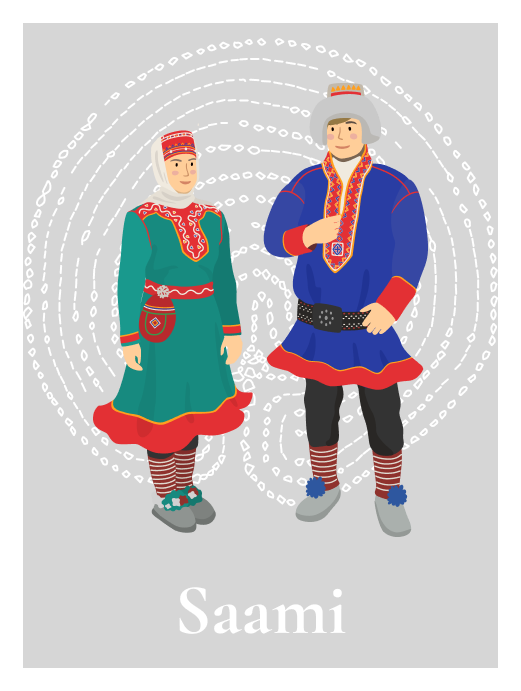
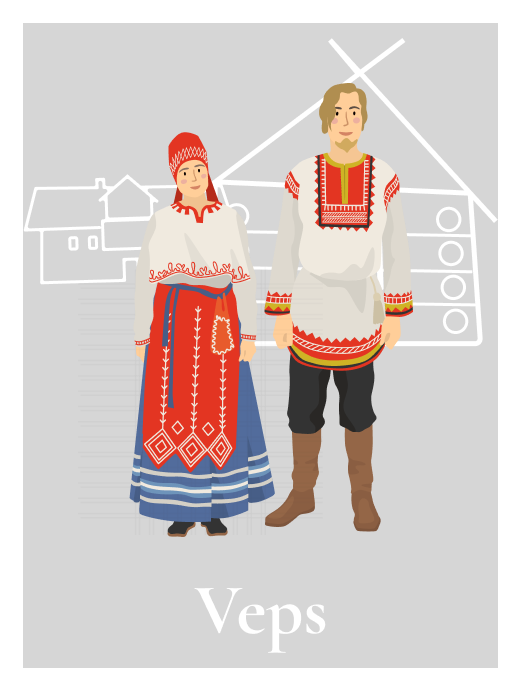
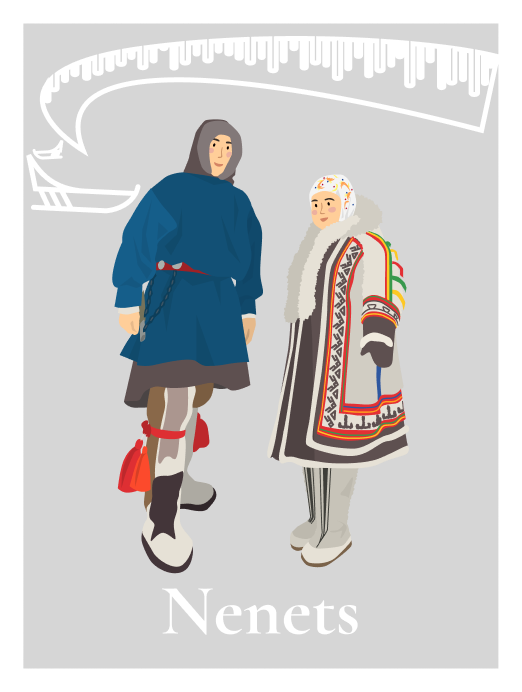
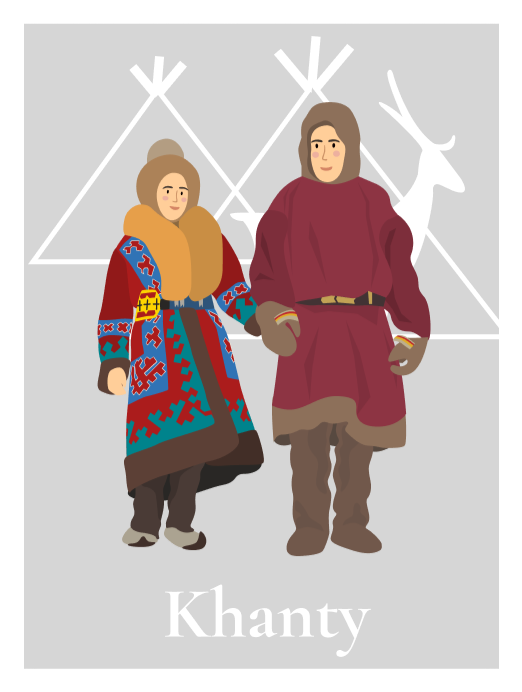
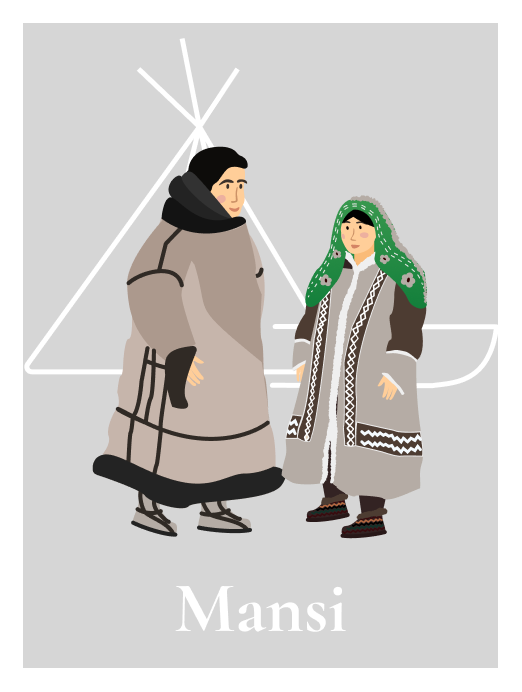
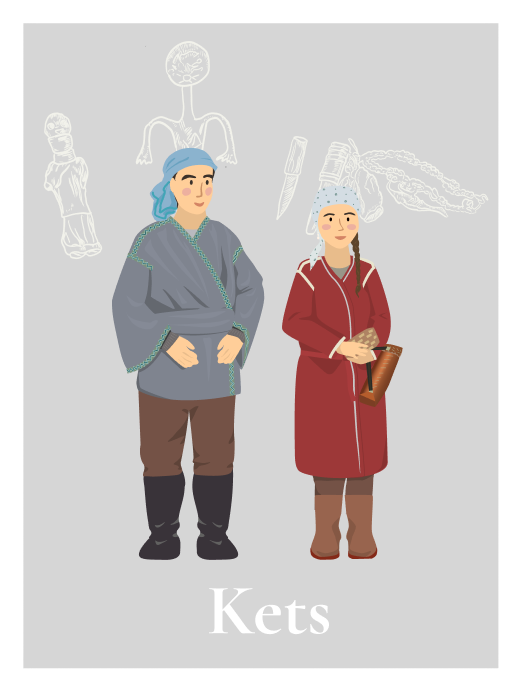
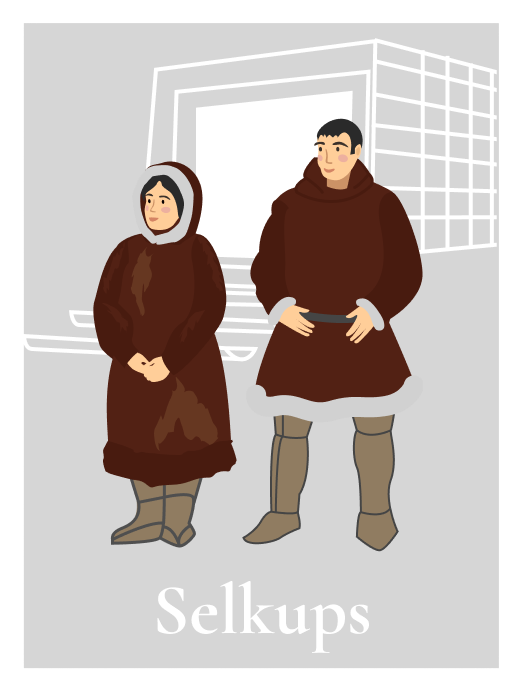
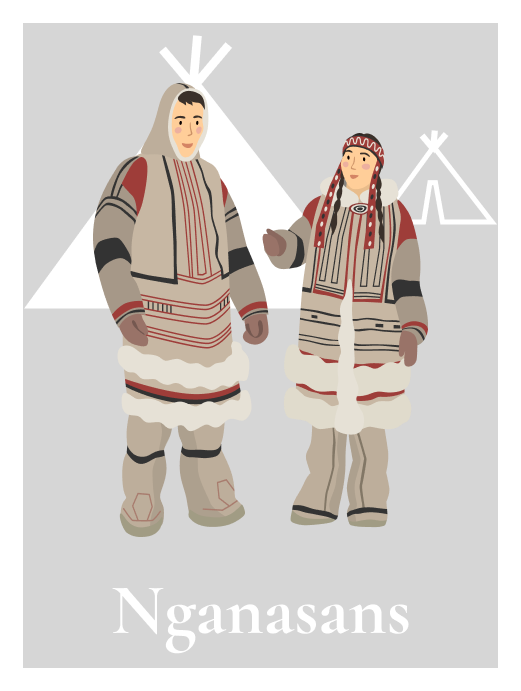
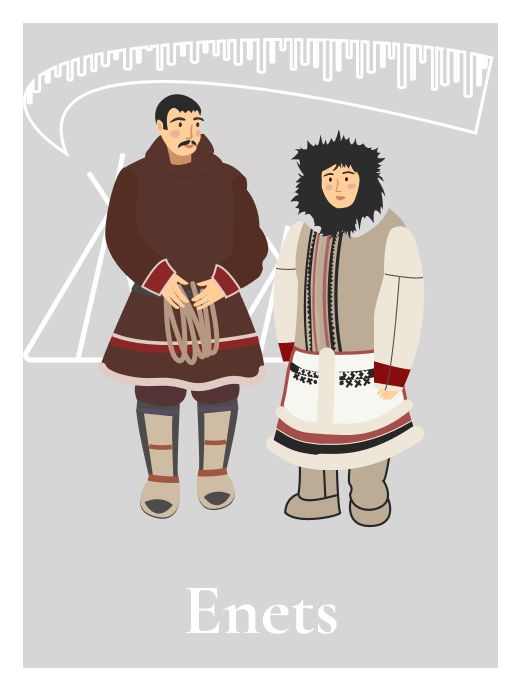
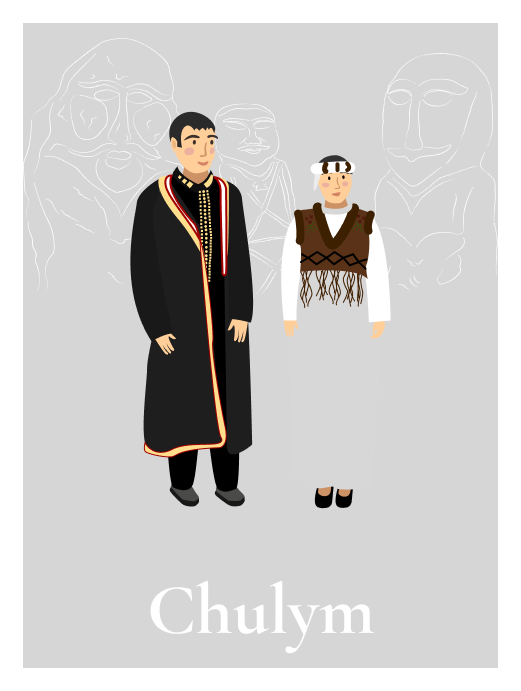
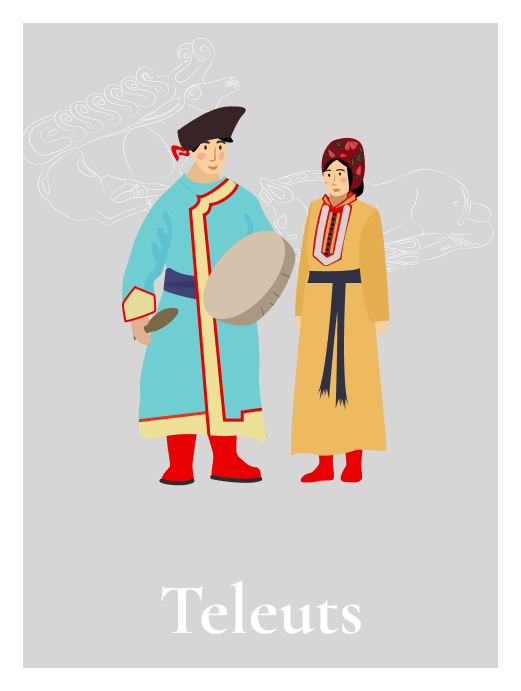
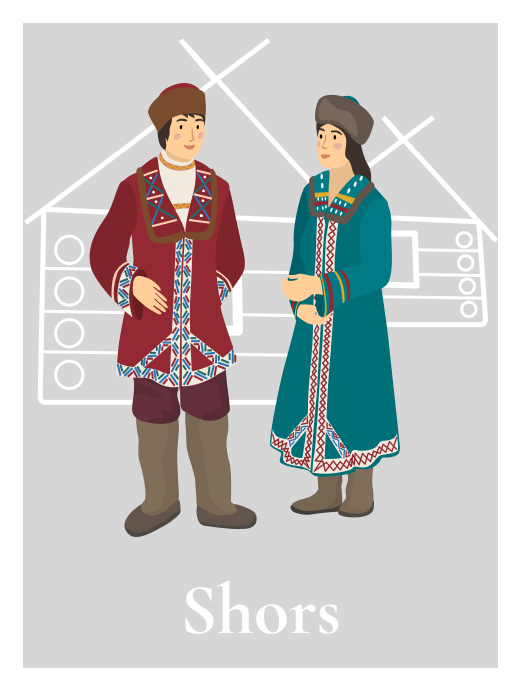
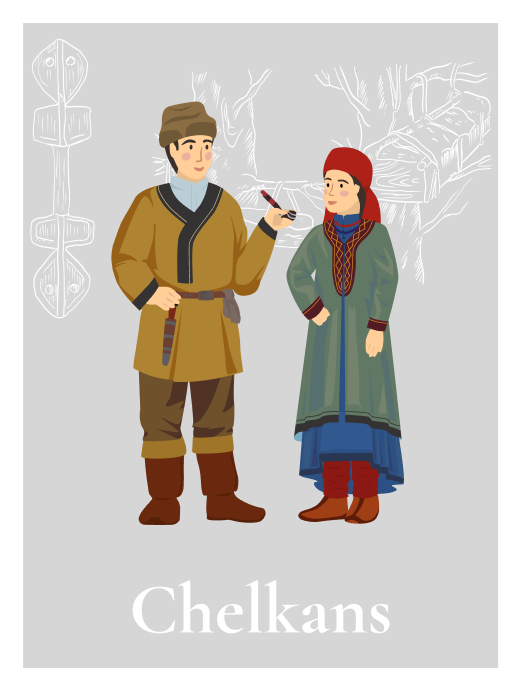
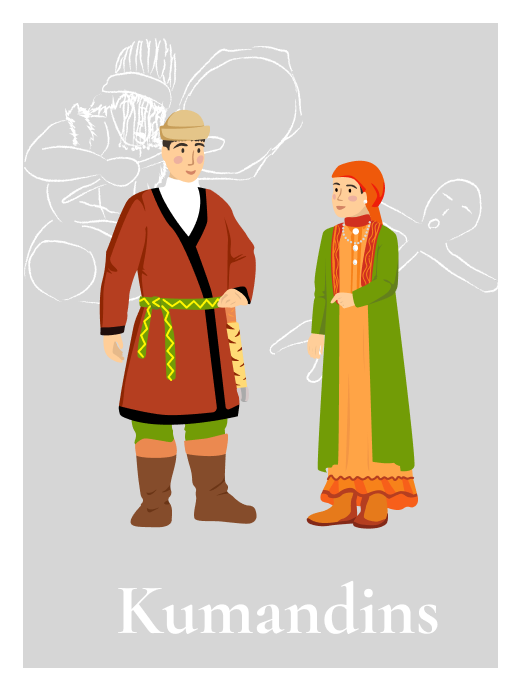

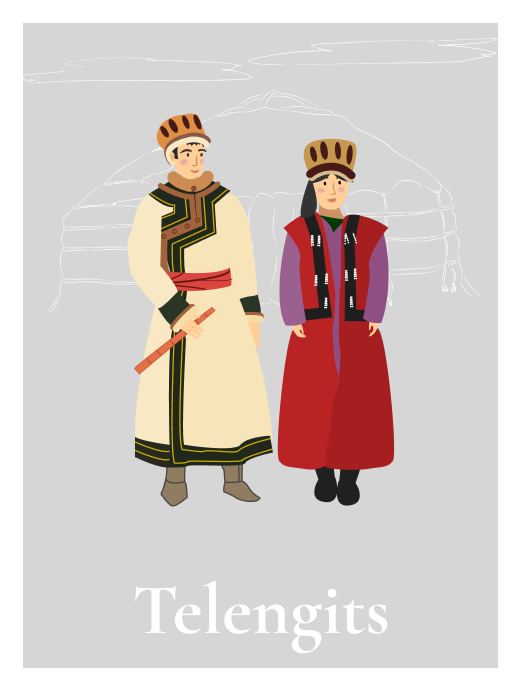
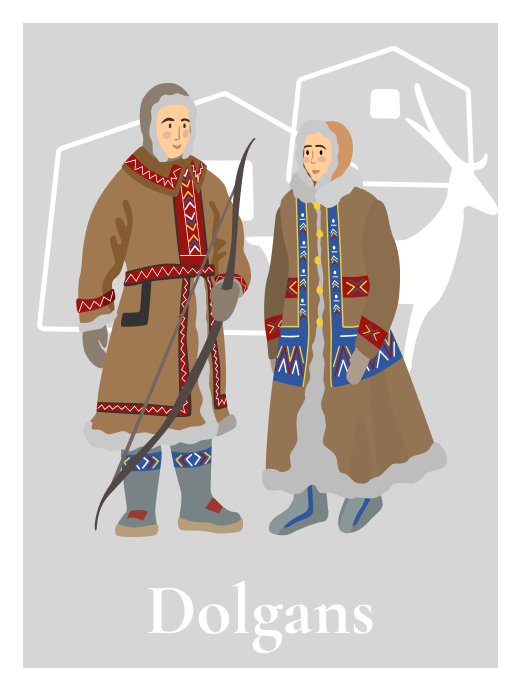

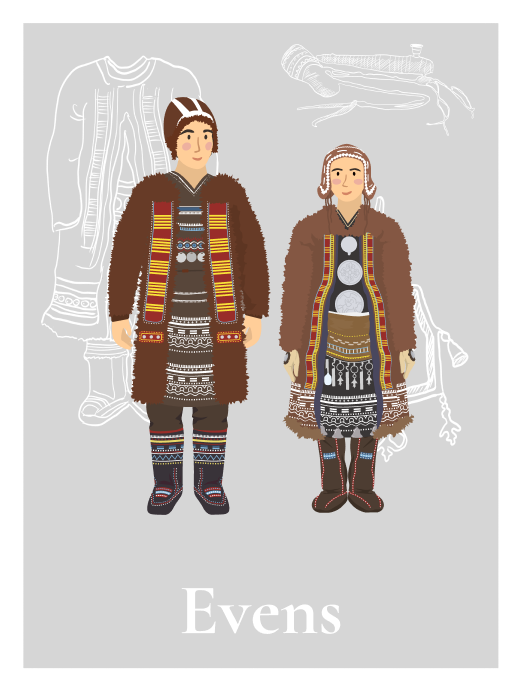
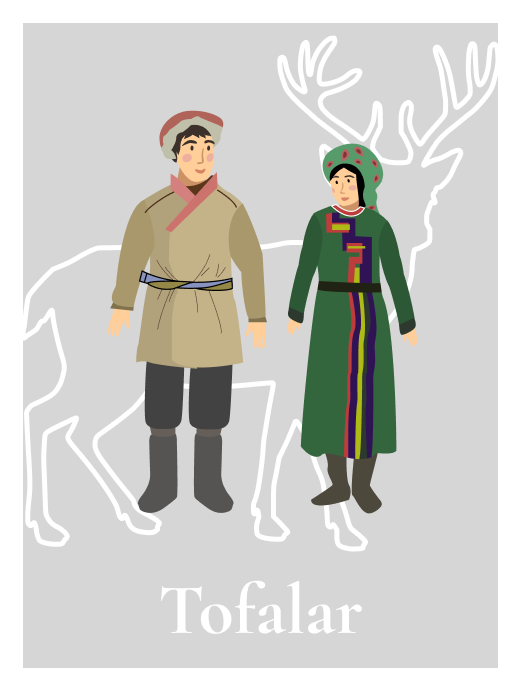
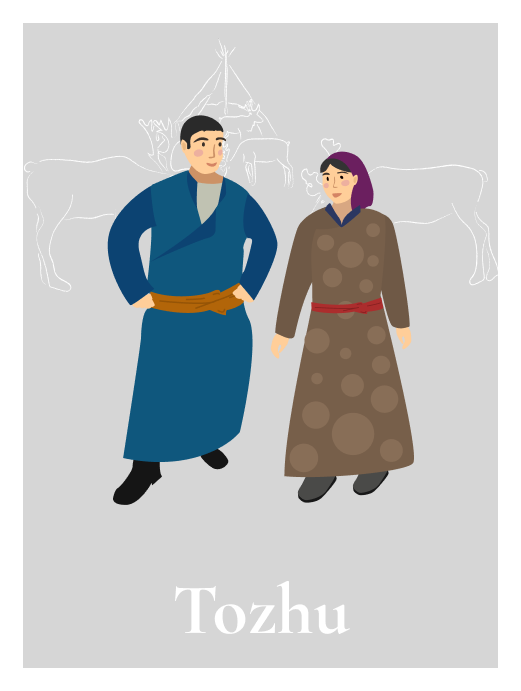

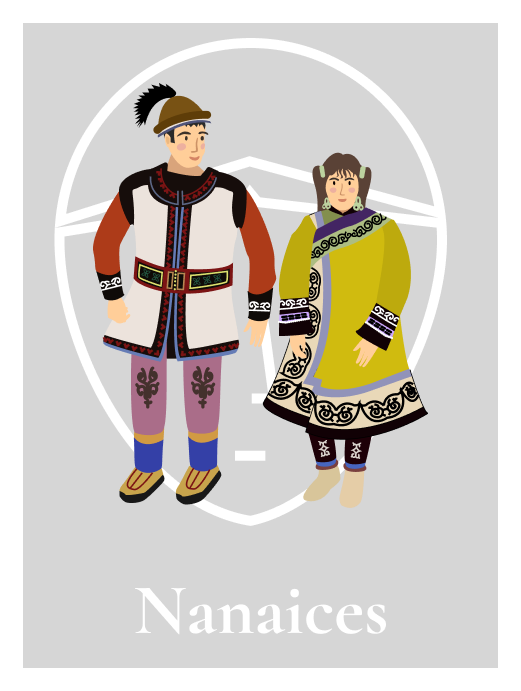
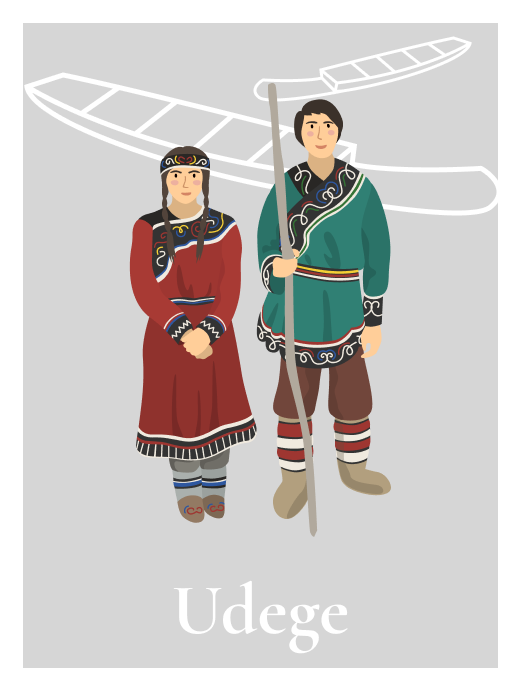
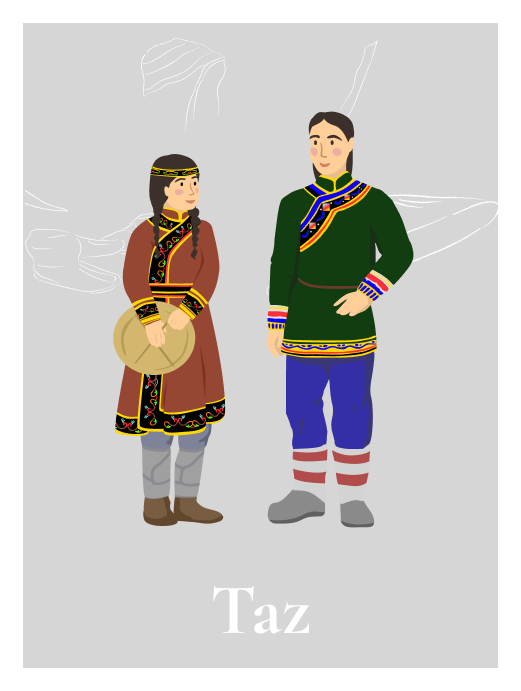


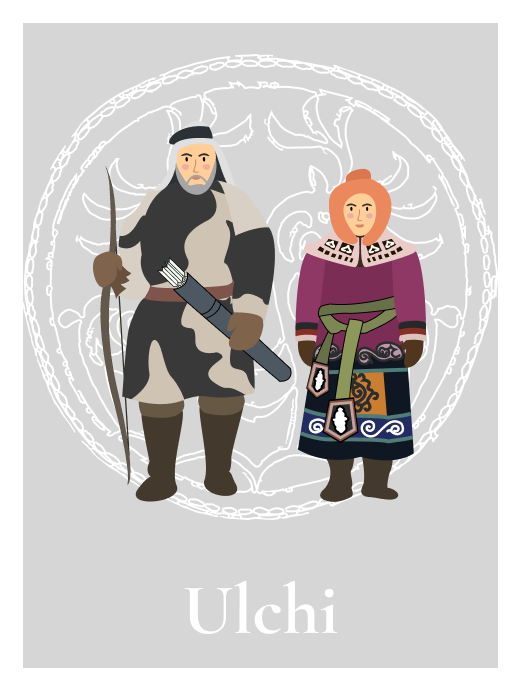

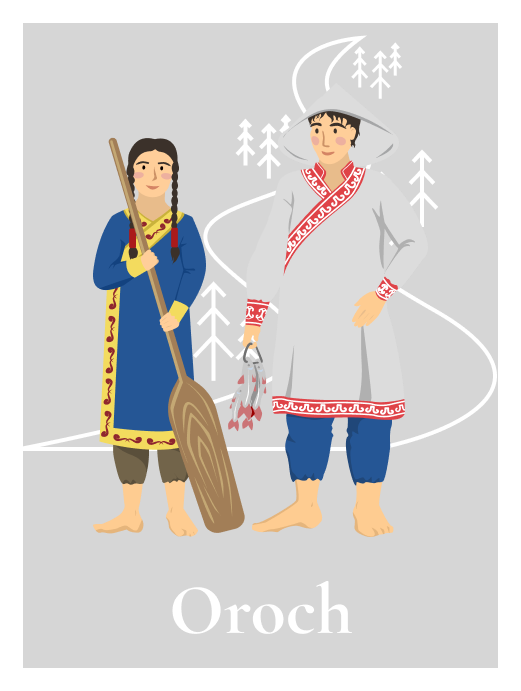
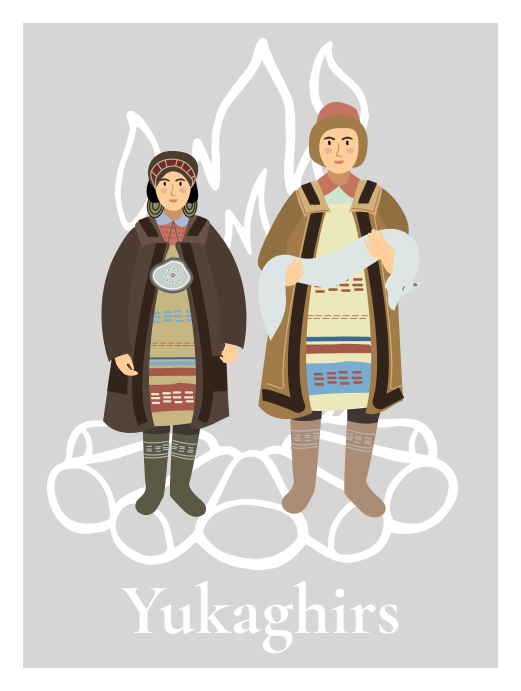
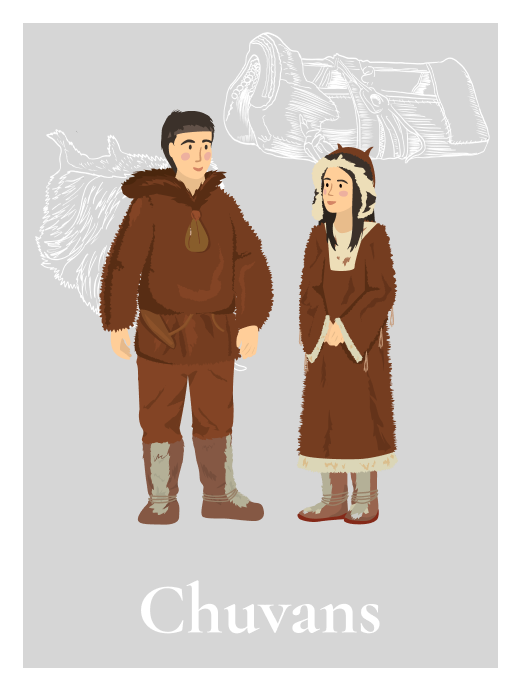

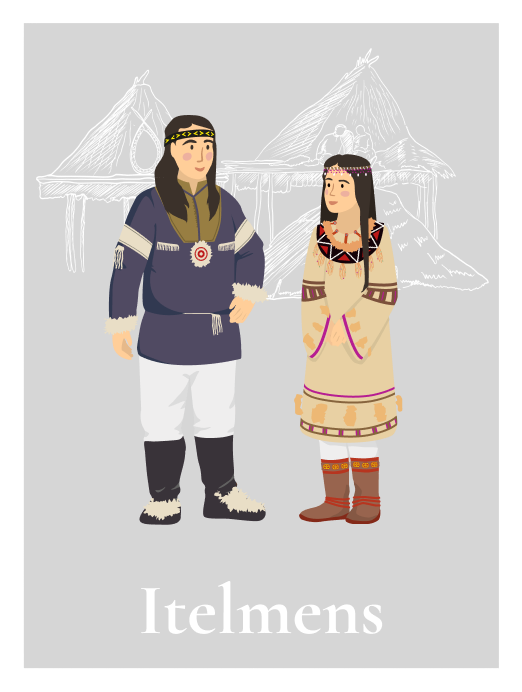
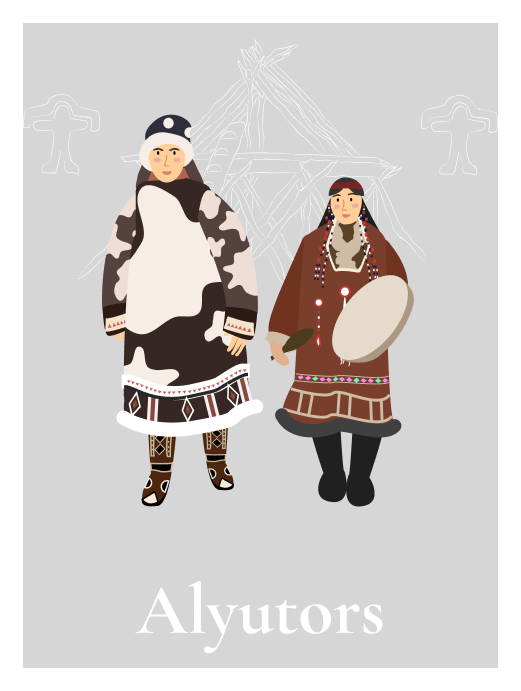
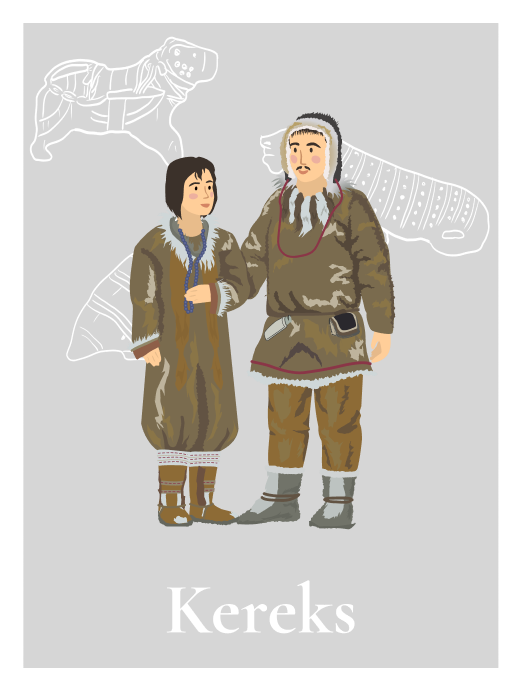


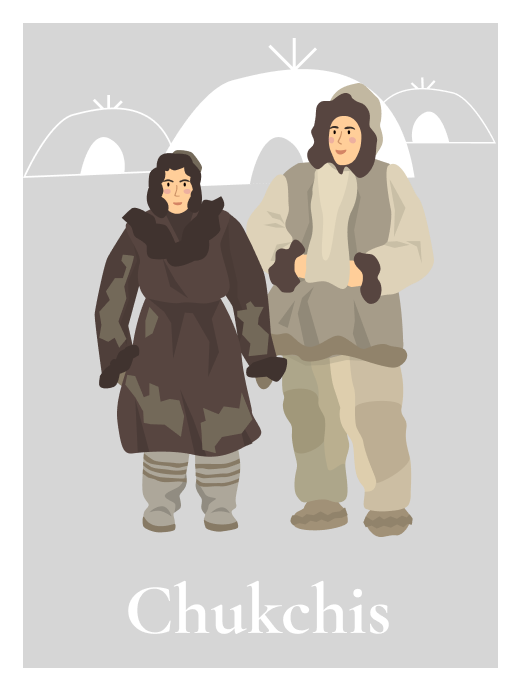
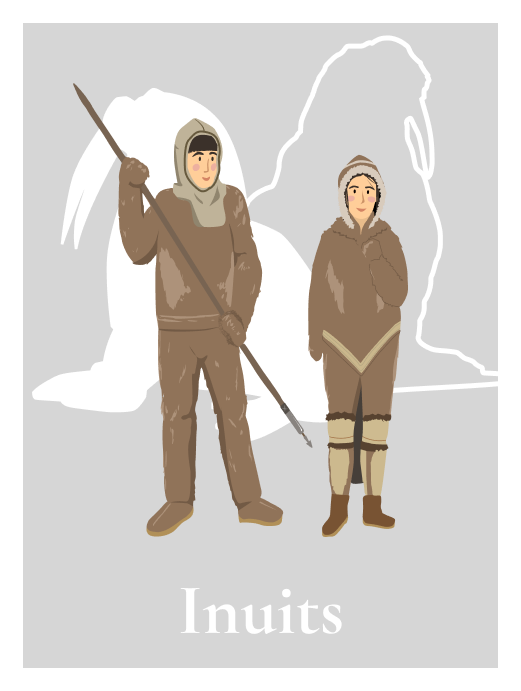
The Veps are a Balto-Finnic people living between the three largest northern lakes: Lake Ladoga, Lake Onego, and Lake Beloye. Currently, this area is divided between three large adjacent regions: the Republic of Karelia, the Leningrad region, and the Vologda region. The 2010 Census put the number of the Veps at 5,936 persons. Most of them live in Karelia (3,423 persons); 1,380 Veps live in the Leningrad region, and 412 Veps live in the Vologda region (Peoples of Karelia 2019: 275).
The Northwest Federal District’s economy is dominated by the engineering complex. That complex, in turn, is dominated by shipbuilding, electrotechnical, energy, tractor, and agricultural engineering, machine-tool building, and electronic industry. The District’s chemical industry manufactures industrial rubber goods, tires, synthetic rubbers, fertilizers, plastics, paints and varnishes, acids, reagents, chemicals and pharmaceuticals. Enterprises in St. Petersburg and Volkhov manufacture phosphate fertilizers. In Kingisepp, local phosphates are used as raw materials for manufacturing phosphate powder (Fosforit enterprise). The Novgorod plant uses natural gas to manufacture nitrogen fertilizers; concentrated superphosphate is manufactured in Volkhov. The District also has a large chemical enterprise Krasny treugolnik (Northwestern Economic District 2021).
Veps mythology is a totality of Veps ideas of the world and the human situation therein; these ideas had emerged at the time that was dominated by mythic poetic thinking; these ideas had developed for a long time, changed and expanded under the influence of different natural, climatic, socioeconomic, ethic and cultural factors, yet they have generally survived to permeate all aspects of folk culture.